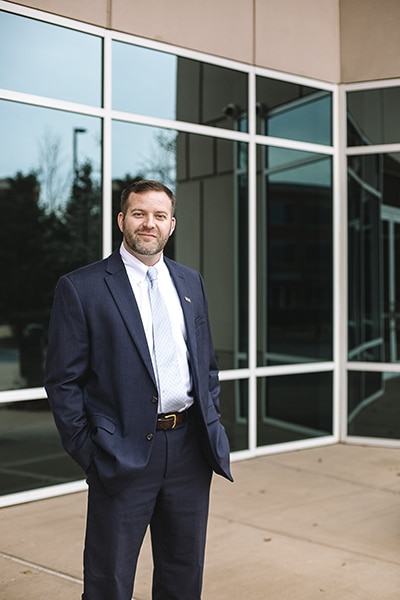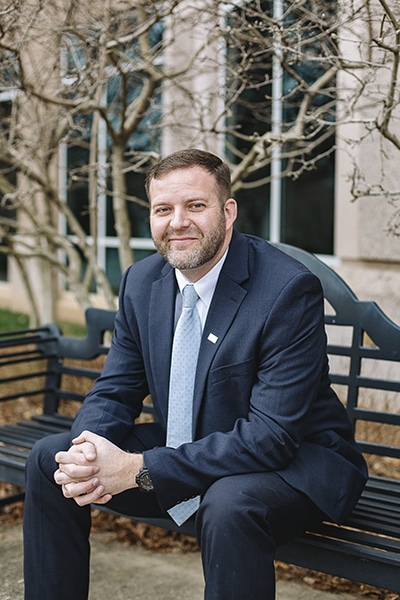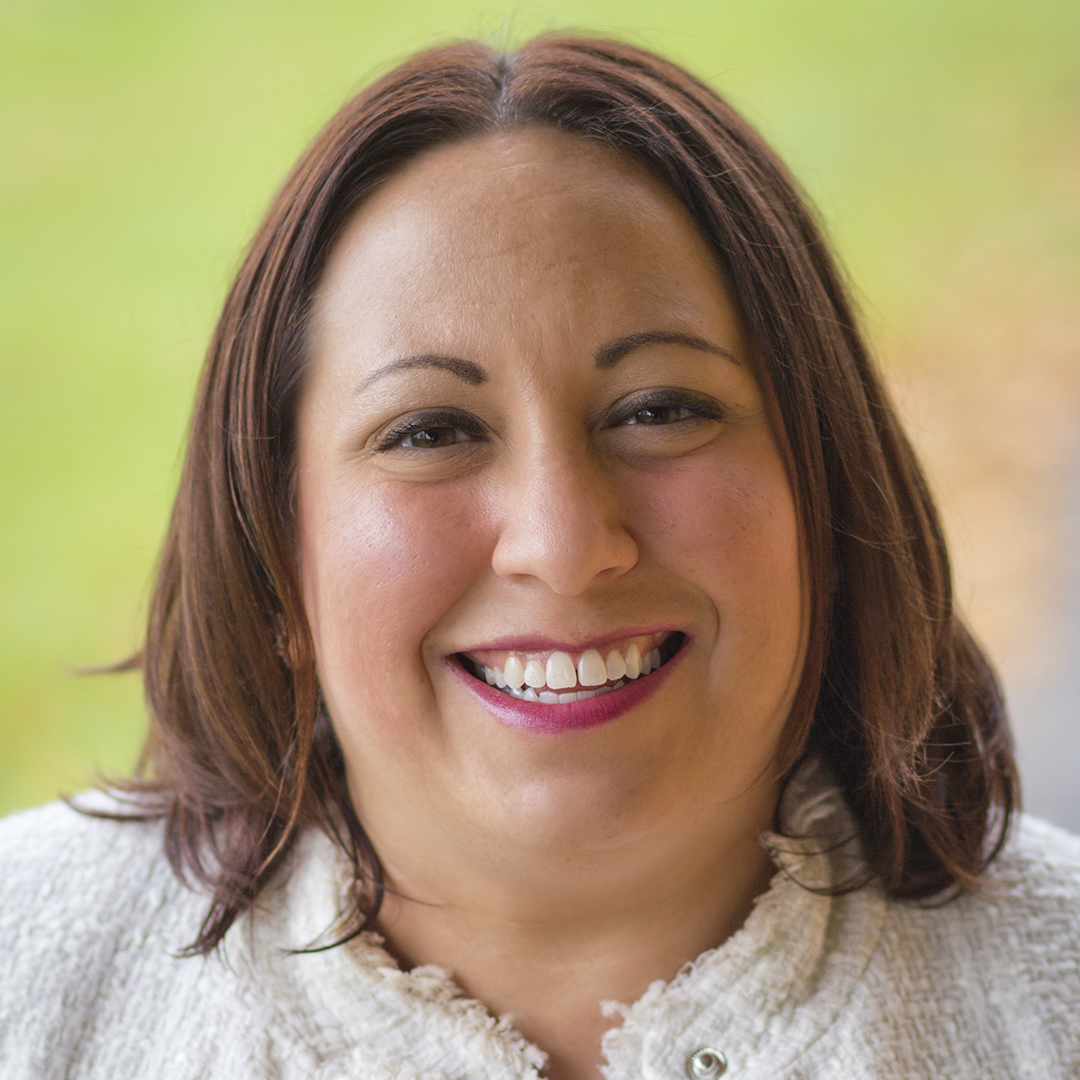|
Getting your Trinity Audio player ready...
|
Envision Healthcare, a national hospital-based physician group, is headquartered in Nashville. But because the company includes assets acquired in a 2016 merger with AMSURG, an ambulatory surgery center management company, some of its accounting operations were located in Plantation, Florida, as of the end of 2018.
Andy Garlington was hired to change that. Already based in Franklin, Tennessee (a Nashville suburb), with an impressive record as a division chief financial officer with another healthcare company, Garlington was brought on board with Envision to move the entire accounting department to Music City USA.
As Envision’s physician services controller and vice president, Garlington knew he had his work cut out for him. Nashville is an economically healthy city and considered one of the fastest-growing large metros in the US. But how many Floridians would be willing to relocate 900 miles north to a place they don’t know?
As the process began to unfold in early 2019, that amount turned out to be about 3 percent—Garlington essentially had to create a department from scratch. Adding to this not so small feat, he had roughly six months to do so, including the ramp-up time required to strategically map out how they would do this.

Fortunately, Garlington has prior experience building departments—but this was a heavy lift. With so few people making the move, he needed to recruit a new group of team members who were aligned with Envision’s mission. Fortunately, Nashville has some characteristics that made the job a little easier.
“There are seventeen publicly traded healthcare companies in the Nashville region,” says Garlington, hinting at the healthcare-specific labor pool from which to draw accounting and finance people.
But he wasn’t just looking for people who are good at crunching numbers. Garlington is a believer in teams and teamwork. He also likes people to have a balanced life, at work and outside of it. The mix of people they would hire in Tennessee would ideally mirror that same attitude—and be the type to get on board for creating a new department. “I wanted people who could go on this adventure with us,” he says. The goal wasn’t just to recreate a department, but to actually build a better department from the bottom up.
An all-hands-on-deck approach, with the clock ticking, called for ringing in an outside recruiting firm, VACO Talent & Solutions Services, based in Brentwood, Tennessee. “It was critical for us to get good candidates fast,” says Garlington.
That meant that the firm brought both a process and a track record to the task, which included developing a strategy, all the templates for offering positions to successful candidates, and, of course, an ability to find people who were qualified candidates. “We were offering good jobs with a great company. We wanted the kind of people who valued the opportunity to start something new.”
The tight time frame, beginning in January 2019 with most hires made by June, meant that Garlington was conducting multiple interviews each day for weeks on end. One day he saw nine candidates, spending up to an hour with each. “The candidates were prescreened by the time they got to me,” he says. “Generally, I could tell if a candidate was a likely ‘yes’ or ‘no’ within the first ten minutes.”
Because this was a recruitment task of scale, candidates were also sourced from the nearby cities of Birmingham, Chicago, and Memphis. When all hires were complete, about 10 percent of the team had to be relocated from those cities.
“That gives us more time to digest the numbers. That means the clinicians now get more time to spend with patients.”
Despite the magnitude of Garlington’s project, VACO’s Senior Director Jessica Kashyap Ragauskis says his strategy was especially effective and well executed.
“Andy is a personable and committed executive who has terrific project management skills,” Kashyap Ragauskis says. “When it came to executing the relocation of Envision’s Physician Practice accounting function of more than one hundred employees, Envision couldn’t have hired a more competent and dedicated professional who would get the job done. Andy’s ability to hire talent and build an exceptional team from the ground up made this transition seamless. His leadership skills also helped his team adhere to a very aggressive timeline, all while maintaining great morale.”

All new hires were found with a month to spare, prior to the self-imposed July 1 deadline. This afforded Garlington time to execute a smooth transition, including a period when several members of his Nashville staff were able to travel to Plantation for orientation by outgoing staff.
Despite the seeming awkwardness that would accompany these orientations, Garlington says all outgoing staff proved to be great resources to new team members.
“Although this was a tough message for our outgoing staff, we worked with a national firm to ensure that we supported our staff through the transition by both offering a competitive incentive package to encourage retention and professional support to assist in their job search,” Garlington explains. “I can’t say enough about the professionalism we saw from our staff during that time, which had a huge impact on the success of the transition.”
Garlington is clear that with new staff, there is a sense of a fresh start. New hires were screened for their adaptability to new technologies—an increasingly important component of all aspects of healthcare, administrative accounting functions included. “We have to hire people who are comfortable with software,” he says. “The day-to-day tasks are much more efficiently handled with the tools we have available to us.”
The implication is that in a workplace using best practices and the newest software, cost efficiencies go up along with service levels. This theory was borne out by data at Envision. Even with a somewhat smaller staff, about 20 percent fewer people than before, they are able to close the books in approximately 15 percent less time.
“That gives us more time to digest the numbers,” says Garlington. “That means the clinicians now get more time to spend with patients.”

